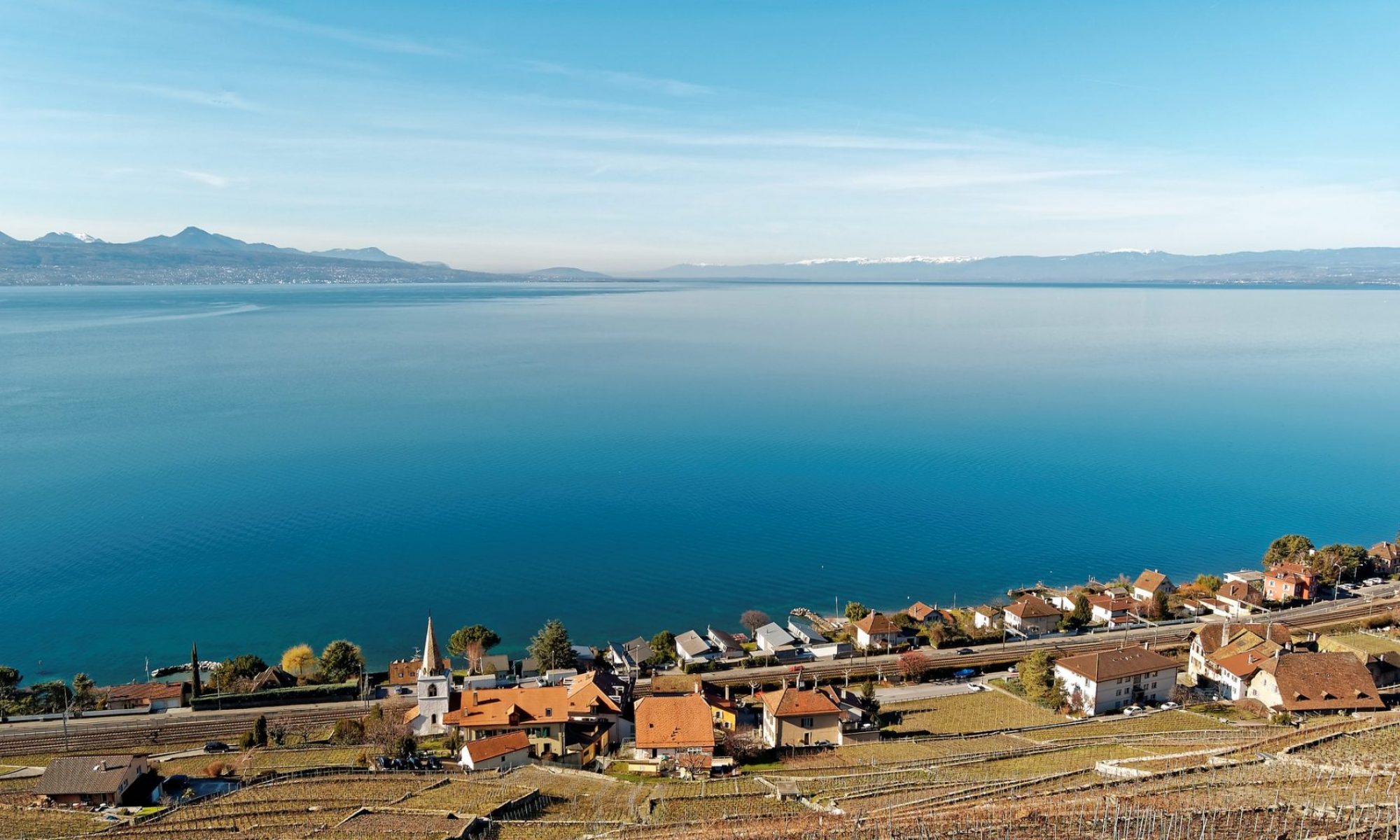Dr Amir M. Razmi
Flow at the lateral boundary of a lake is influenced by shoreline morphology, currents in pelagic zones, wind stress and local inflows. The interaction of circulation in a given embayment with pelagic waters determines the cross-shore variability of water constituents and controls the dispersal of pollutant discharges. In a lake nearshore, complex current patterns occur even within a minor embayment. This dissertation evaluates the hydrodynamic
variability within an open embayment situated in Vidy Bay, Lake Geneva, Switzerland.
Vidy Bay is the host of a wastewater treatment plant (WTP) outfall and is a major drinking water intake. Accurate assessments of micropollutant hotspots above the outfall are required because many micropollutants (e.g., pharmaceuticals) are not eliminated by conventional WTPs.
Current patterns within the embayment are highly changeable and principally controlled by the varying wind field occurring over Lake Geneva. Therefore, the main focus of the study was to assess the impacts of wind on this current pattern variability. This work involved a number of field campaigns to capture the variation of flow and temperature within the embayment.
Field drifter and moored measurements in the embayment and high-resolution
maps of meteorological data from the COSMO-2 model (used for Swiss weather forecasts by MeteoSuisse) were used to develop and validate a three-dimensional hydrodynamic model (Delft3D-FLOW) of Vidy Bay and Lake Geneva. Currents within the open embayment were investigated systematically for different wind conditions and seasonal stratification.
Satisfactory model validation was achieved using drifter and moored measurements. Markedly different circulation patterns were measured within the embayment, with the transition from one pattern to another occurring abruptly for small changes in wind direction.
Extensive numerical modeling revealed that these distinct patterns resulted from relatively small changes in the basin scale circulation in front of the embayment. Particularly, alteration of the angle between the currents in the pelagic zones and the shoreline orientation may induce a gyre within the open embayment, causing variable current patterns. Furthermore, the pelagic boundary of the open embayment was defined by the largest withinbay
gyre. Based on this definition, residence times of the open embayment were quantified numerically under typical wind conditions. The absence of gyre formation within the embayment markedly reduces the mean and variability of embayment residence time compared with the presence of a gyre. The numerical model was utilized to evaluate the potential for plume movement (in plan view) from the WTP outfall within the Vidy Bay. Moreover, the results were deployed to determine the fate of micropollutants inside the open embayment. The concentration of micropollutants around the outfall was simulated for typical meteorological scenarios relevant to the embayment. The eco-toxicological risk zone was revealed around the outfall. This zone is larger in size in summertime because of thermal stratification and extends horizontally over 300 m from the outfall.
